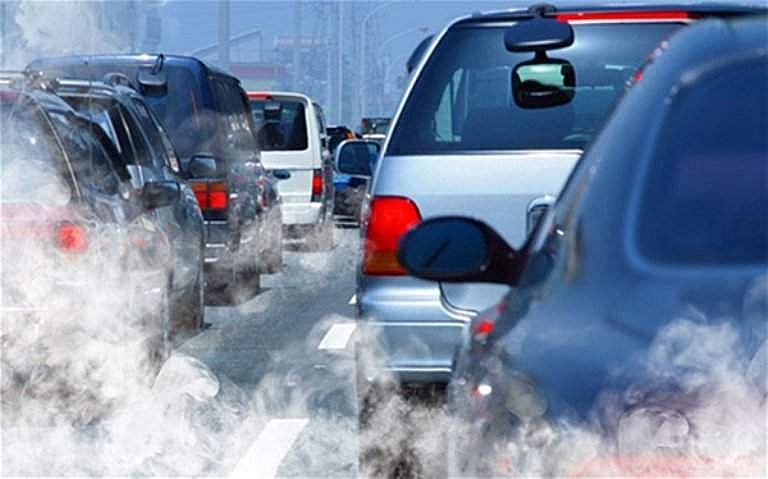Pathways to climate-smart transport in Vietnam
 |
| Vietnam needs to craft smarter transport policies for its next 10-year public investment plan |
This analytical work, which is developed by Vietnamese Ministry of Transport in collaboration with the World Bank and German Development Cooperation (GIZ), comes at a critical time when the government of Vietnam is updating its Nationally Determined Contribution on reducing carbon emissions and set out its next medium-term public investment plan for 2021-2025.
The first volume demonstrates that by employing a mix of diverse policies and investments, Vietnam can reduce its carbon emissions in the transport sector by up to 9 per cent with only domestic resources by 2030, and by 15-20 per cent by mobilising international support and private sector participation.
“A resilient transport system is critical to the continued success of Vietnam’s economy, which relies heavily on external trade and seamless connectivity,” said Ousmane Dione, World Bank country director for Vietnam. “We hope that the findings and recommendations of this new report will help Vietnam in its efforts to achieve a resilient and sustainable transport sector.”
Currently, the transport sector contributes about 10.8 per cent of total CO2 emissions. In a business-as-usual scenario, these emissions are projected to grow at an annual rate of 6-7 per cent to nearly 70 million tonnes of CO2. The most cost-effective measures to boost the resilience of the transport sector include shifting traffic from roads to inland waterways and coastal transport, deploying stricter vehicle fuel economy standards, and promoting electric mobility.
The second volume provides a methodological framework to analyse critical and vulnerable points of the transport network and presents a strong economic case for investing in building the climate resilience of Vietnam’s transport networks. A vulnerability assessment looks at the potential impact of different hazards on the transport corridor or network, and the criticality assessment considers such questions as which links and routes along transport networks are the most critical for the unimpeded flow of transport across the particular network.
The study identifies systemic critical issues and hazard-specific, high-risk locations in Vietnam’s transport network. Considering climate change, it is estimated that 20 per cent of the network is most critical in terms of its exposure to future disaster risks. Meanwhile, road failures can result in very high daily losses of up to $1.9 million per day, while railway failures can result in losses as high as $2.6 million per day.
To prepare for the increasing intensity and frequency of extreme hazards due to climate change, it is imperative to make investments to overhaul existing road assets to higher climate-resilient design standards.
Given the vulnerability of land-based transport, a shift to waterborne transport offers a good resilience strategy. A 10-per-cent shift in that direction could reduce climate risks by 25 per cent, according to the report.
What the stars mean:
★ Poor ★ ★ Promising ★★★ Good ★★★★ Very good ★★★★★ Exceptional
Related Contents
Latest News
More News
- PM orders investment model for North–South high-speed rail (December 22, 2025 | 17:43)
- First members of Danang International Finance Centre revealed (December 22, 2025 | 17:39)
- Securing capital and efficiency for Vietnam’s 2026-2030 growth ambitions (December 17, 2025 | 10:00)
- Driving double-digit growth through green and circular transformation in Vietnam (December 17, 2025 | 09:00)
- Vietnam bucking trend in the global M&A landscape (December 16, 2025 | 14:20)
- Vietnam’s green transition demands collective financial action (December 15, 2025 | 12:00)
- VIR workshop highlights capital and policy for sustainable development (December 15, 2025 | 11:00)
- National Assembly approves pilot mechanisms to accelerate major projects in Hanoi (December 12, 2025 | 11:29)
- Vietnam eases policy approval requirements, simplifies foreign and outbound investments (December 11, 2025 | 17:53)
- Unpacking new momentum in Vietnam’s M&A market (December 10, 2025 | 09:59)

 Tag:
Tag:


























 Mobile Version
Mobile Version